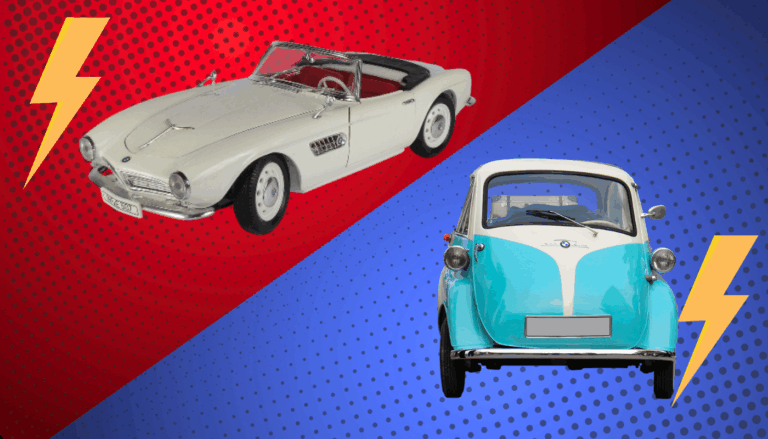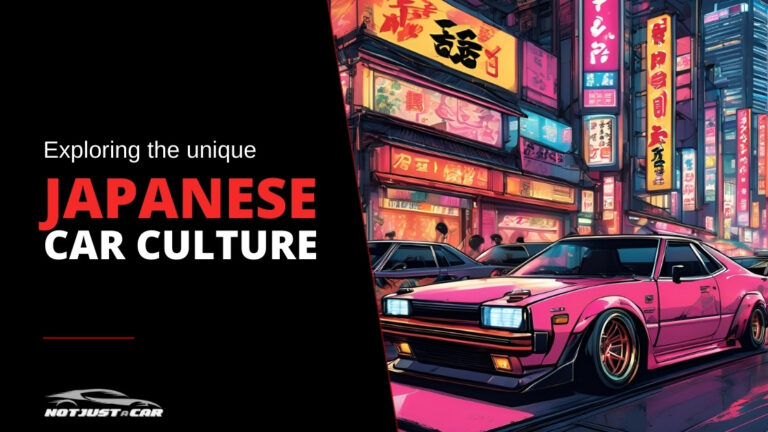The Influence of Racing Games on Car Culture and Reflex Training
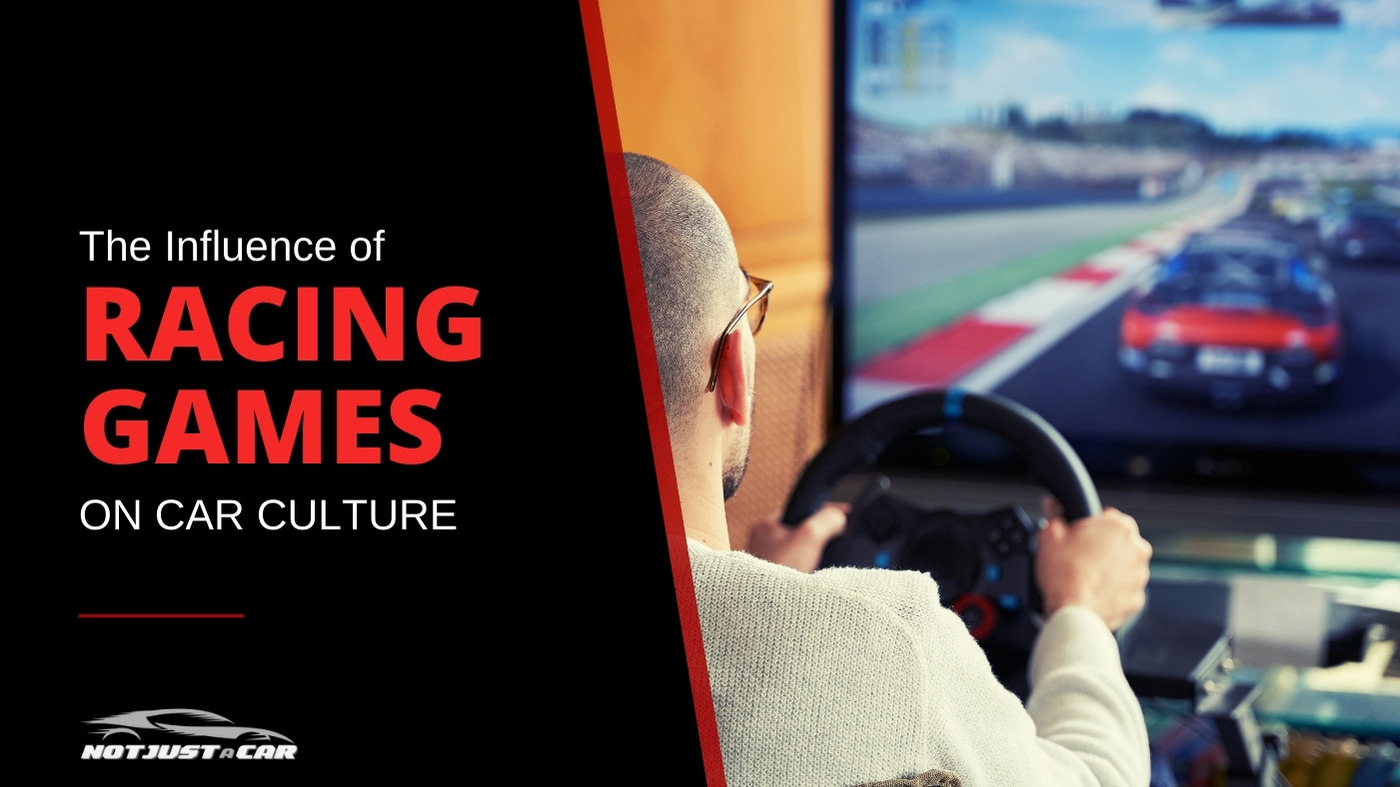
I don’t know about you but I definitely believe that racing games not only enhanced my passion for cars but also my driving skills and overall reflexes.
There’s something magical about the first time you perfect a hairpin turn in a racing game, feeling that virtual g-force as you clip the apex just right. For me, that feeling started with a mouse and keyboard (sorry console fans) because I was too poor to afford a PC wheel, long before I ever sat behind the wheel of my own BMW.
Quick Links
The Legend of the M3 GTR
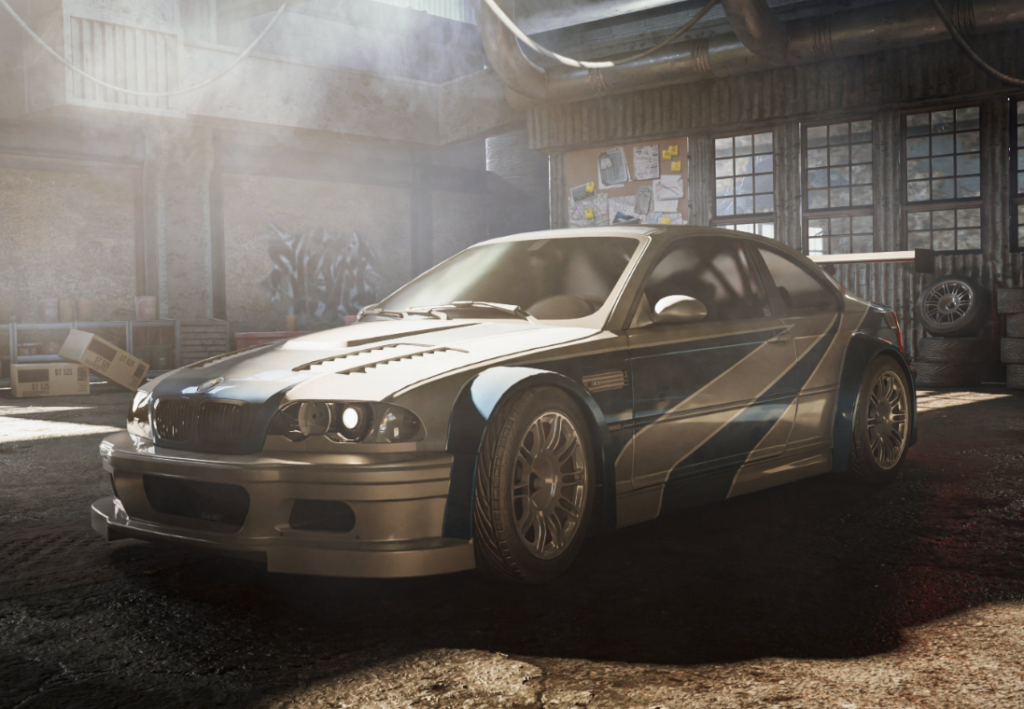
My love affair with BMW began well before car games entered my life, but it was solidified forever when Need for Speed: Most Wanted hit stores in 2005. That silver and blue BMW M3 GTR wasn’t just a car in a game—it was automotive mythology materializing on my screen.
The distinctive noise of its V8 engine, the perfect stance, those iconic blue stripes running across silver paint… it was perfection. I wasn’t alone in this obsession.
That M3 GTR created an entire generation of BMW enthusiasts, kids who promised themselves they’d own a Bimmer someday. Years later, when I finally saved enough for my first car—a modest 3 Series that was definitely no M3 but still wore the roundel proudly—I couldn’t help but think back to those countless hours spent outrunning virtual police in Rockport City.
Our Related Products
The Influence of Racing Games on Car Culture and Reflex Training
More Than Just Entertainment

What many non-gamers don’t realize is that racing games offer more than just entertainment—they provide genuine skill development. Modern racing simulators have evolved far beyond simple arcade experiences into sophisticated training tools that develop real-world applicable skills.
Games like Codemasters’ DiRT, F1, and Grid series have been shown to significantly improve reaction times, memory, and motor control in regular players. The split-second decisions required when navigating a complex track at high speeds train your brain to process information faster and respond more efficiently.
From Virtual Tracks to Real Racetracks
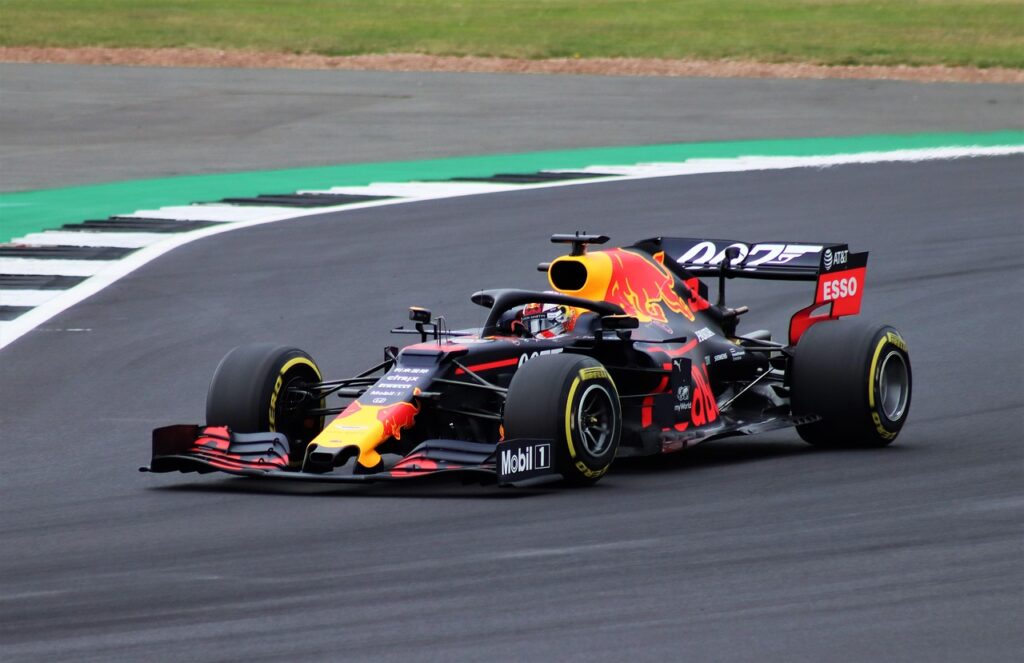
The benefits of racing games extend beyond casual driving. Just ask Formula 1 World Champion Max Verstappen, who credits sim racing as an essential part of his training regimen.
Verstappen doesn’t just play racing games casually—he competes at an elite level in virtual competitions when he’s not dominating real-world tracks.
He uses simulators to learn new tracks, experiment with racing lines, and keep his reflexes sharp between Grand Prix weekends.
The precision required in modern racing sims—where tire physics, weight transfer, and track conditions are meticulously modeled—creates transferable skills that work on actual racetracks.
Building Better Everyday Drivers
But what about those of us who aren’t professional racers? It turns out racing games can make us better everyday drivers too.
Studies have found that gamers who regularly play racing simulators demonstrate improved hazard perception, better spatial awareness, and quicker reaction times behind the wheel of actual cars.
I’ve noticed this myself on numerous occasions. That ability to quickly scan ahead for potential obstacles? Learned from racing games.
The instinctive understanding of weight transfer during emergency maneuvers? Reinforced through countless virtual crashes and recoveries.
Still… I must resist the urge to go full speed on a ramp truck when seeing one in the *wild*. And not only that but we have to remember that there’s no restart button in real life, so drive safely.
The Games That Changed Car Culture
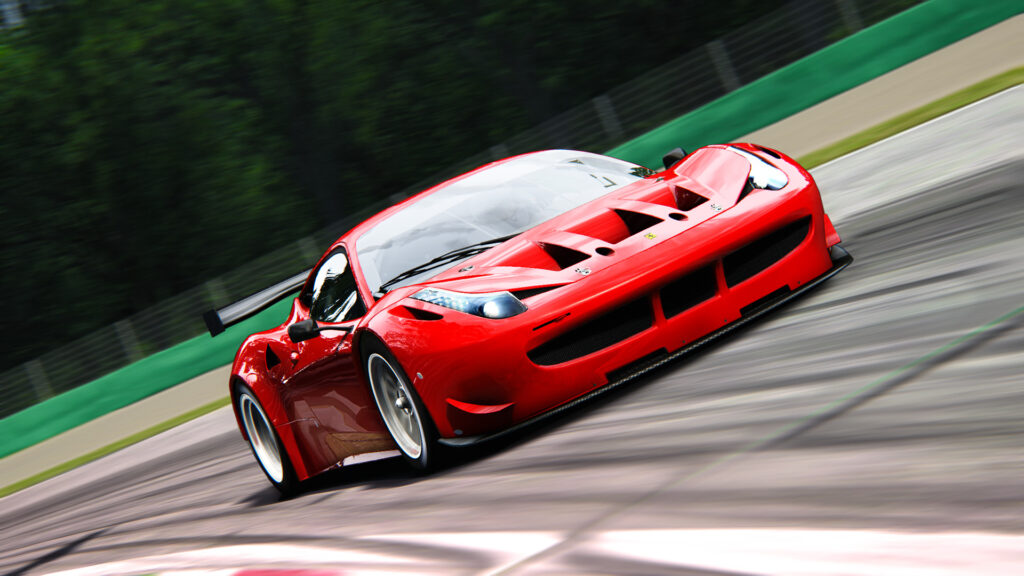
Not all racing games are created equal when it comes to skill development and fostering automotive passion. The giants of the genre have earned their status through different strengths:
Gran Turismo: Often called “The Real Driving Simulator,” this PlayStation exclusive has educated generations about car culture, featuring hundreds of meticulously detailed vehicles and emphasizing realistic driving physics.
Forza Motorsport/Horizon: Microsoft’s answer to Gran Turismo evolved into two distinct series—the track-focused Motorsport and the open-world Horizon—both celebrating car culture with unmatched visual fidelity.
Assetto Corsa: The hardcore sim-racer’s choice, providing some of the most accurate physics in gaming. When professionals need to train, this is often their platform of choice.
Need for Speed: Less simulation, more celebration of car culture. Games like Underground, Most Wanted, and Hot Pursuit captured the emotional side of car enthusiasm—the personalization, the outlaw spirit, the pure joy of speed.
But for me, it all started way back in the 90s with computer car games such as Carmaggedon, Midtown Madness, Re-Volt, and Need for Speed 2. What about you?
A Gateway to Automotive Passion
Beyond skill development, racing games serve as accessible entry points into automotive culture. Not everyone grows up with parents who are car enthusiasts or has access to real motorsport events.
For many, racing games provide the first opportunity to experience and appreciate performance cars.
Through these digital experiences, countless young people have discovered their passion for automobiles. They learn about different manufacturers, legendary models, motorsport history, and mechanical concepts—all while having fun. This knowledge creates informed enthusiasts who can discuss camber angles and compression ratios long before they might ever tune a real engine.
The Community Connection
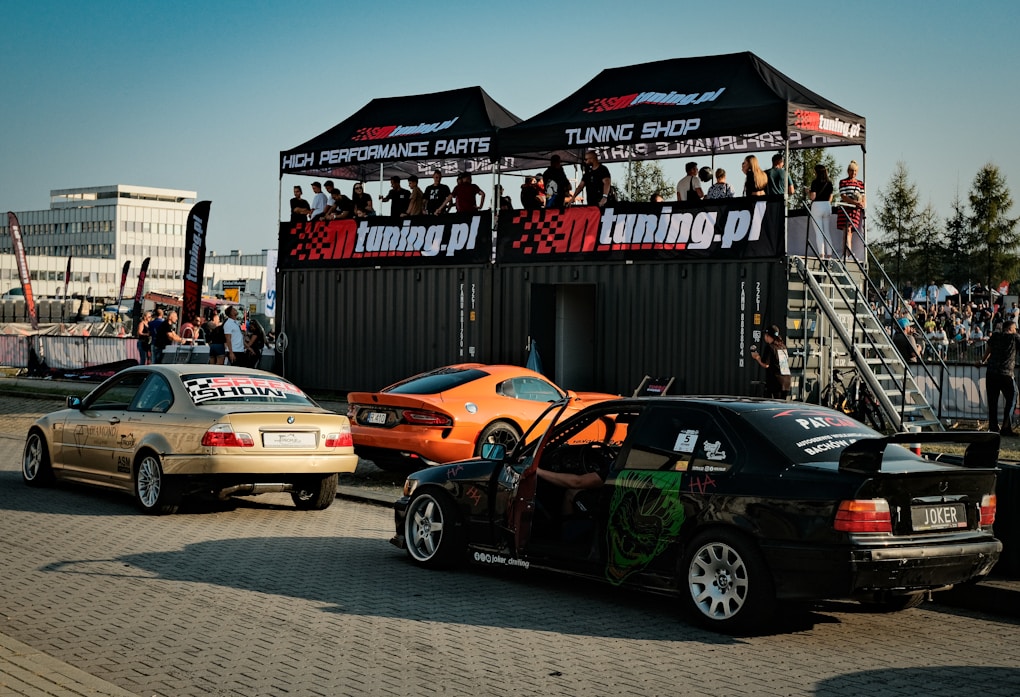
Perhaps the most underappreciated aspect of racing games is how they build communities of like-minded enthusiasts. Online racing leagues, forum discussions about car setups, and shared passion for virtual vehicles often translate into real-world friendships and car club memberships.
The shared language of automotive passion, for some, first developed in virtual worlds, creates connections that extend far beyond the screen.
The Future: Where Virtual and Reality Merge
As technology advances, the line between virtual and real racing continues to blur. Today’s top simulators use direct-drive wheels, motion platforms, and VR headsets to create experiences that are frighteningly close to the real thing.
Formula 1 teams now use simulators that cost millions of dollars to develop race strategy and driver training programs. For the average enthusiast, this means more accessible and effective training tools. Can’t afford track time in a real BMW M3? No problem—through the magic of simulation, you can learn the fundamentals of performance driving for the price of a game.
The skills developed might just save your life someday on a rainy highway when quick reactions are needed.
A Lifelong Passion
That legendary M3 GTR from Need for Speed: Most Wanted represents more than just polygons and pixels—it symbolizes how virtual experiences can ignite real passion. For me and countless others, racing games didn’t just entertain us; they educated us, trained us, and welcomed us into a worldwide community of people who speak the universal language of automotive enthusiasm.
So the next time someone dismisses racing games as “just games,” remind them that today’s professional drivers train on simulators, that reaction skills developed virtually save lives on real roads, and that many of us owe our automotive passions to those formative digital experiences.
After all, the distance between a controller and a steering wheel isn’t as far as non-enthusiasts might think.


